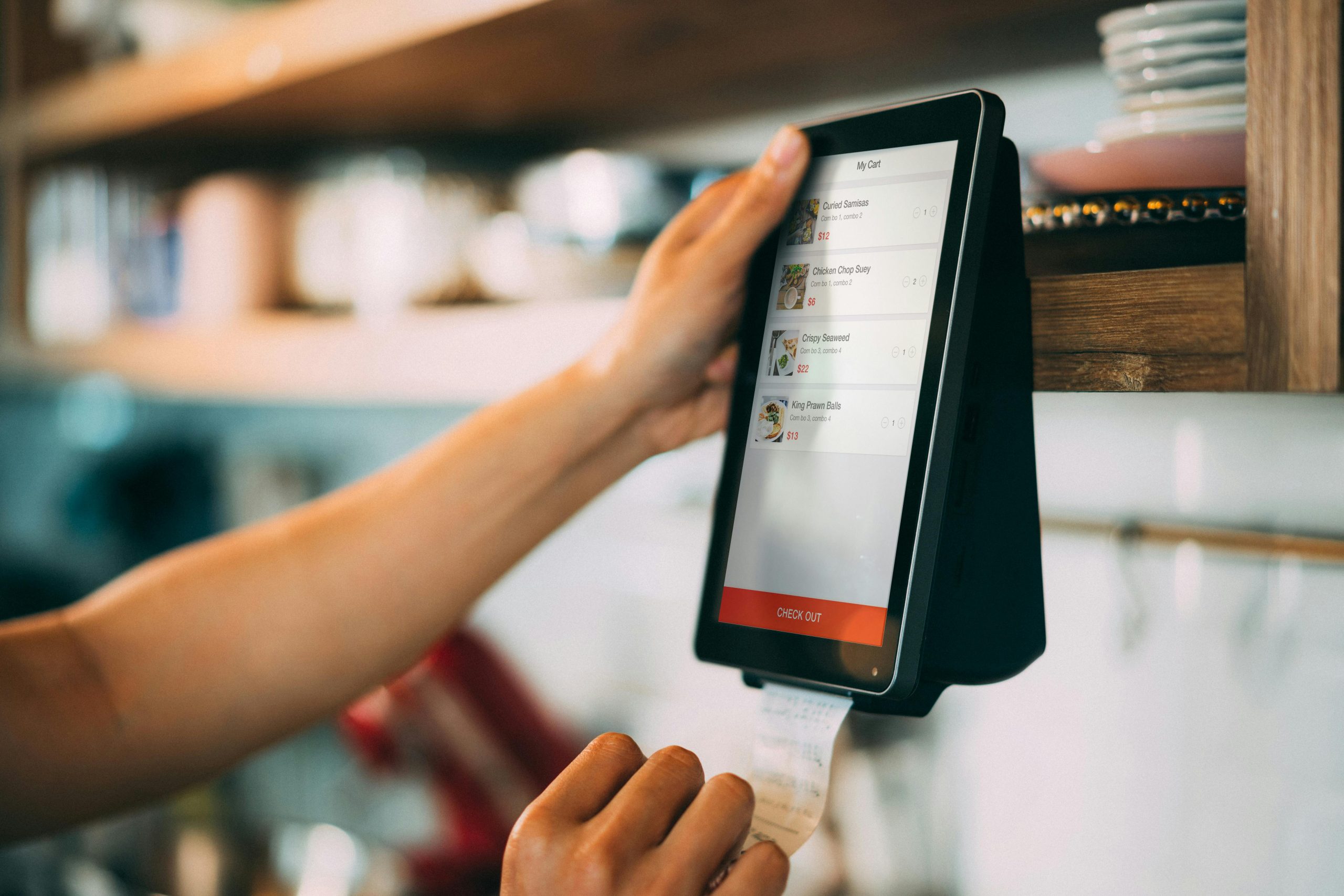The shift from paper-based to digital financial tracking is essential in today’s fast-paced world. Scanning and converting receipts not only minimizes physical clutter but also enhances the efficiency of financial management. This guide will explore how tools like Fintelite.ai can transform the process of scanning and converting receipts into a streamlined, secure, and highly accessible part of your financial routine.
Why Scan and Convert Receipts?
Scanning and converting receipts provides multiple benefits:
1. Reduction of Physical Clutter: Digitizing receipts frees up office space and reduces the need for physical storage.
2. Enhanced Data Security: Digital formats protect against physical damage and loss while ensuring sensitive information is securely stored.
3. Improved Accessibility: Digital receipts can be accessed from anywhere, simplifying audits and financial tracking.
4. Efficient Expense Reporting: Digital receipts can be easily imported into financial systems, automating expense management and improving accuracy.
Choosing the Right Tools for Scanning and Converting Receipts
1. AI-Enhanced Tools
– Example: Fintelite.ai
– Pros: Utilizes artificial intelligence to automate the extraction and categorization of data from scanned receipts.
– Unique Selling Point: Offers advanced analytics to provide insights into spending patterns and financial habits.
– Cons: Might require a learning curve to fully exploit its advanced features.
2. Mobile Apps
– Examples: Adobe Scan, CamScanner
– Pros: Convenient for on-the-go scanning using smartphone cameras.
– Cons: Generally less suited for high-volume scanning.
3. Dedicated Scanners
– Examples: Fujitsu ScanSnap, Brother Mobile Scanners
– Pros: High-quality, high-volume scanning capabilities.
– Cons: Higher cost and reduced portability compared to apps.
4. Integrated Financial Apps
– Examples: Expensify, QuickBooks
– Pros: Direct integration with financial software for streamlined expense tracking.
– Cons: May involve subscription costs and complex setups.
How to Scan and Convert Receipts Efficiently Using Fintelite.ai
1. Preparation: Sort your receipts by date or category to facilitate organized scanning.
2. Scanning: Use a high-quality scanner or Fintelite.ai’s mobile app to capture clear images.
3. Data Extraction: Leverage Fintelite.ai’s AI-driven OCR technology to accurately convert images into editable and searchable text.
4. Editing and Verification: Check the extracted data for accuracy and completeness.
5. Storage and Organization: Store the digital receipts in Fintelite.ai’s secure cloud database, which allows for easy retrieval and integration with other financial management tools.
Best Practices for Managing Digital Receipts
– Regular Backups: Ensure that your digital receipts are backed up regularly to secure cloud storage to prevent data loss.
– Secure Storage: Utilize encrypted storage solutions to enhance data security.
– Compliance with Regulations: Maintain compliance with local tax laws and regulations for digital record-keeping.
Future Trends in Receipt Management
The future of receipt management will likely see greater integration of AI and machine learning, enabling even more automated systems that provide real-time insights into financial data and consumer behavior.
Adopting an effective digital receipt management system like Fintelite.ai can significantly enhance the efficiency of your financial operations. By choosing the appropriate tools and following established best practices, you can secure, organize, and access your financial information more effectively than ever before.
Embrace the digital transformation of your financial documentation. Explore Fintelite.ai today to streamline your receipt scanning and conversion process and unlock advanced financial insights.

